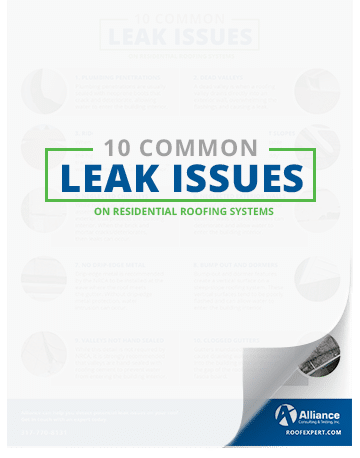Examining The Expenses Of Solar Energy Equipments: Is It A Noise Financial Investment Choice?
Examining The Expenses Of Solar Energy Equipments: Is It A Noise Financial Investment Choice?
Blog Article
Produced By- https://brookstafkq.blazingblog.com/30324080/explore-the-complex-world-of-photovoltaic-development-and-discover-the-remarkable-process-whereby-sunshine-is-converted-into-a-functional-resource-of-power
When considering the expenses of solar installment, you could question the upfront financial investment called for and whether it lines up with the potential lasting advantages. Recognizing the ins and outs of these expenditures and the different aspects affecting the total return can shed light on the worth recommendation of transitioning to solar power. By reviewing both the initial arrangement expenses and the forecasted cost savings in time, you can gain insight into whether the financial investment in solar installation holds pledge for your financial future.
Preliminary Setup Costs
When considering the expenses of solar setup, the first configuration expenditures play a critical role in your decision-making process. These upfront costs include the price of solar panels, inverters, installing equipment, and installation labor.
The price of solar panels can differ relying on the brand name, efficiency, and dimension you select. Inverters are necessary for converting the sunlight's energy into useful electricity and can be found in various types such as string inverters, microinverters, and power optimizers, each with its own price ramifications.
Mounting equipment, such as racks and rails, is required to safely mount photovoltaic panels on your roof covering or residential or commercial property.
The installment labor cost covers the expert setup of the solar system, ensuring that everything is set up properly and successfully. Bear in mind that while these initial configuration costs may seem high, there are typically discounts, tax obligation motivations, and financing choices readily available to assist balance out the prices and make solar installation a lot more affordable in the long run.
Long-Term Savings Evaluation
To comprehend the economic benefits of solar installation over time, it's essential to conduct a detailed long-lasting cost savings analysis. While the first arrangement costs of photovoltaic panels might appear difficult, the long-lasting cost savings can outweigh these prices dramatically. By utilizing the power of the sun to generate electrical power for your home, you can potentially conserve hundreds of bucks on your energy expenses over the life-span of your solar system.
Among the vital variables to consider in a long-term financial savings analysis is the decrease in your power bills. With solar panels, you can generate your power, minimizing or even eliminating your dependence on the grid. residential rooftop solar panels can result in considerable savings, particularly as utility rates continue to rise.
Furthermore, several federal governments use incentives such as tax debts and rebates for mounting photovoltaic panels, even more enhancing your long-term savings. By making the most of these incentives and optimizing your solar energy production, you can enjoy substantial financial advantages for several years to come.
Roi Estimation
Considering the monetary advantages of solar installation, it's time to analyze the Return on Investment (ROI) computation. Determining the ROI entails contrasting the complete costs of mounting a planetary system with the financial advantages it creates over its life expectancy.
To determine ROI, separate the web profit from the system by the complete financial investment price and multiply by 100 to obtain a portion. The ROI formula is: (Net Earnings/ Total Investment Expense) x 100.
For best solar companies fort collins colorado , if the overall expense of installing a solar system is $20,000, and over its lifespan, it produces savings and revenues amounting to $30,000, the internet profit would be $10,000. Splitting this by the overall financial investment expense of $20,000 offers a ratio of 0.5. Increasing this by 100 provides an ROI of 50%.
Typically, a greater ROI suggests a more economically satisfying financial investment. Aspects like government incentives, upkeep prices, and power cost fluctuations can affect the ROI of solar installments. Recognizing the ROI aids in assessing whether buying solar energy deserves it in the long run.
Verdict
To conclude, understanding the expenses of solar setup is critical for establishing if it deserves the financial investment. By thinking about first arrangement expenses, conducting a long-term cost savings evaluation, and computing the return on investment, you can make an educated decision concerning the economic value of solar power. With the possibility for decreased utility costs and boosted power freedom, investing in solar installation can be a wise option for both your wallet and the environment.
